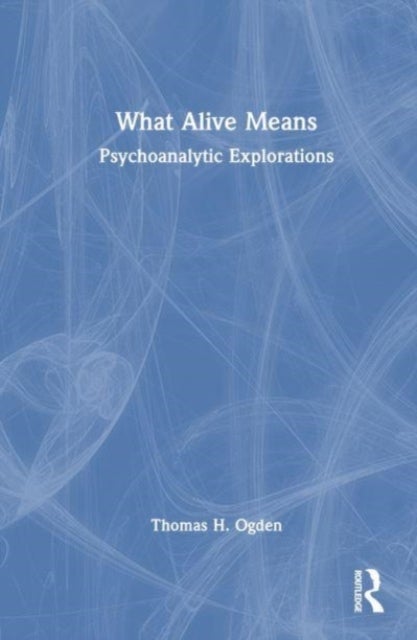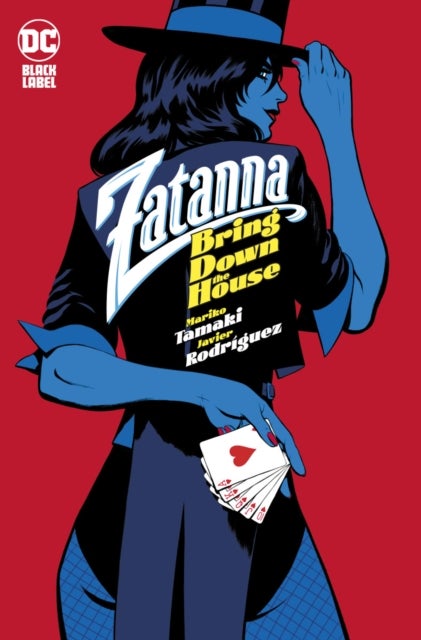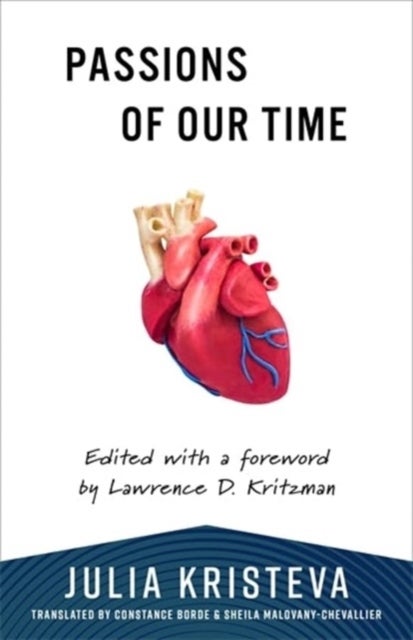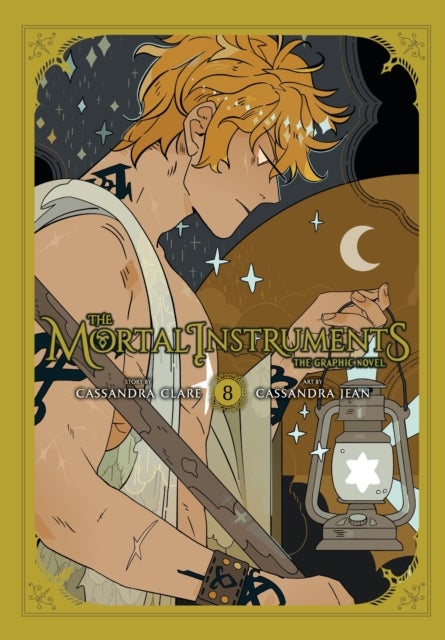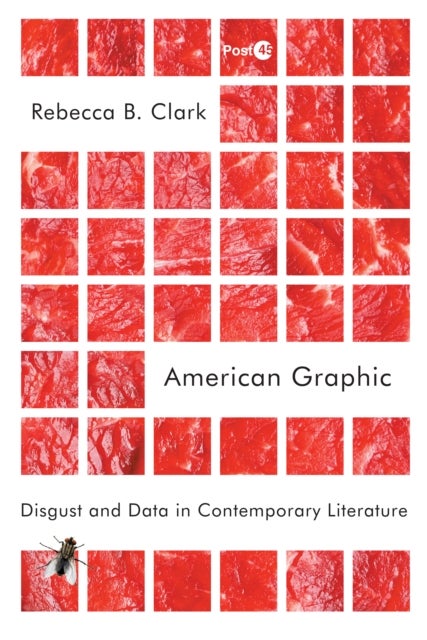
American Graphic av Rebecca B. Clark
369,-
<p>What do we really mean when we call something "graphic"? In <i>American Graphic</i>, Rebecca Clark examines the "graphic" as a term tellingly at odds with itself. On the one hand, it seems to evoke the grotesque; on the other hand, it promises the geometrically streamlined in the form of graphs, diagrams, and user interfaces. Clark''s innovation is to ask what happens when the same moment in a work of literature is graphic in both ways at once. Her answer suggests the graphic turn in contemporary literature is intimately implicated in the fraught dynamics of identification. As Clark reveals, this double graphic indexes the unseemliness of a lust¿in our current culture of information¿for cool epistemological mastery over the bodies of others.</p><p>Clark analyzes the contemporary graphic along three specific axes: the ethnographic, the pornographic, and the infographic. In each chapter, Clark''s explication of the double graphic reads a canonical author against literary, visual and/o


